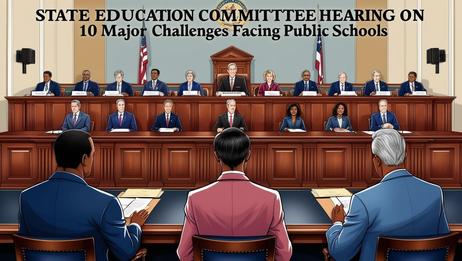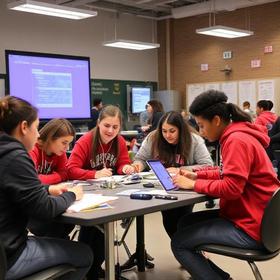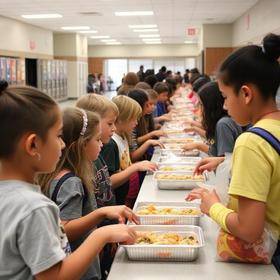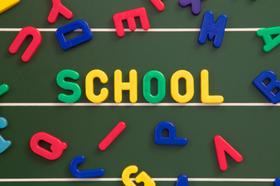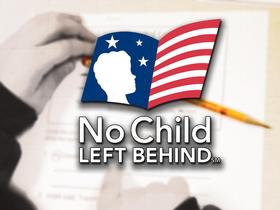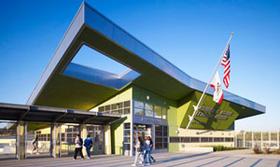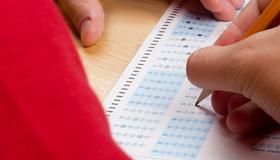With technology becoming a major component in all aspects of life today, it should be no surprise that this trend is hitting the public school sector as well. One way that technology is changing the face of education is through how information is distributed – through electronic means, rather than the traditional textbook. While more students are turning to the screen rather than turning pages, the verdict is still out on whether digital textbooks have what it takes to replace traditional books for good.
Defining the Digital Textbook
Students are tossing traditional textbooks with paper pages in favor of looking up their information on the computer, Kindle or iPad. These devices offer the ability to rent digital versions of the same textbooks, which are accessible through any online device. In some cases, digital textbooks can be accessed for free, if they are part of the public domain in cyberspace. Teachers, as a general rule, do not mind if students use the electronic or the traditional model of the textbook, as long as it delivers the same information and students remain focused on the task at hand, rather than surfing the Internet during class time.
“Kids are wired differently these days,” Sheryl R. Abshire, chief technology officer for the Calcasieu Parish School System in Lake Charles, Louisiana, told the . “They’re digitally nimble. They multitask, transpose and extrapolate. And



